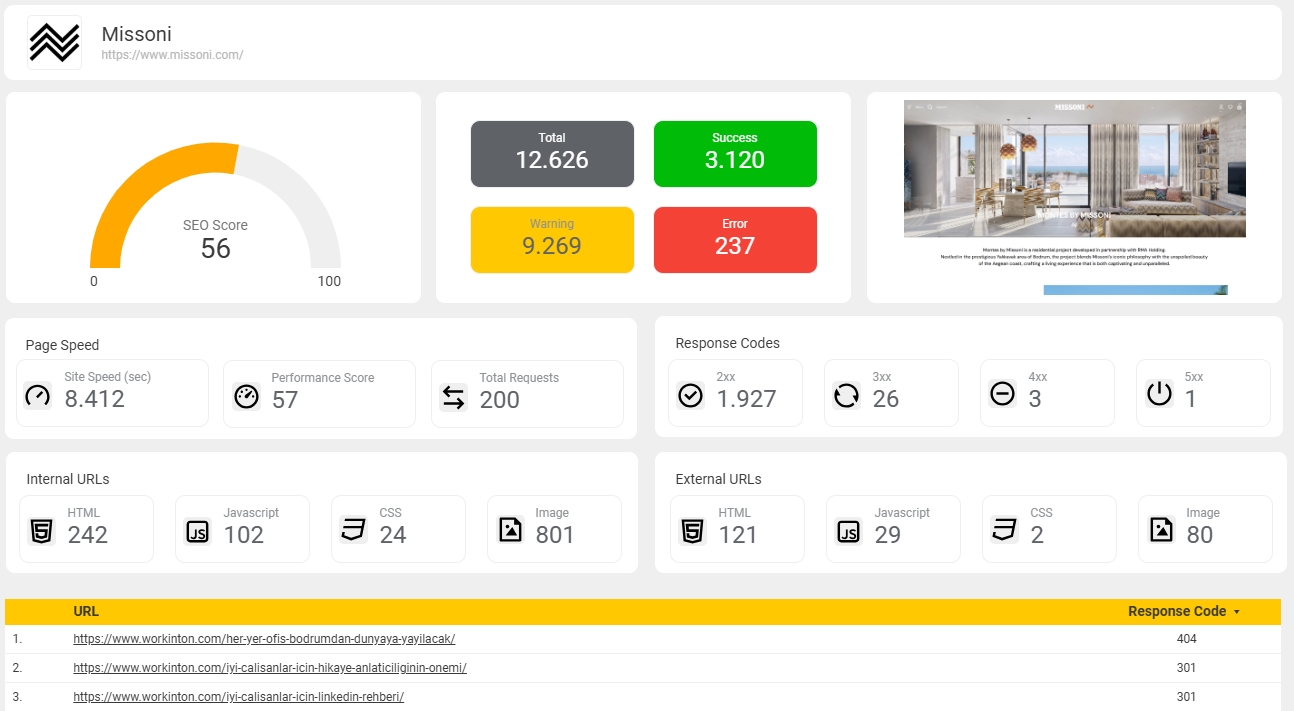Technical SEO refers to the behind-the-scenes work that ensures your website is accessible, crawlable, indexable, and easy for search engines to understand- and thus, people to find. Unlike content and link-building strategies, technical SEO focuses on optimizing your site’s infrastructure—how it’s built, how it performs, and how it communicates with search engines.
It’s the foundation of SEO: no matter how great your content is, it won’t rank well if search engines can’t access or interpret it correctly. In this guide, you will learn what is technical SEO, and how to do technical SEO properly.

What is Technical SEO?
Technical SEO is the process of optimizing your website’s technical setup to help search engines crawl and index your pages efficiently. It involves improving aspects such as:
- Website speed and performance
- Mobile-friendliness and responsive design
- URL structure and site hierarchy
- Internal linking and navigation
- Indexing and crawl control
- Structured data and schema markup
- Security (HTTPS)
- Fixing errors like broken links or duplicate pages
The goal of technical SEO is to remove barriers that prevent your site from performing well in search results.
Why Is Technical SEO Important?
Now we know what is technical SEO, let’s see why it is so important for your website’s success:
- Search engines must be able to access your pages – If your pages aren’t crawlable or indexable, they won’t appear in search results.
- Performance affects rankings – Slow or unstable websites often rank lower due to poor user experience.
- Mobile compatibility is essential – With mobile-first indexing, a site that doesn’t perform well on mobile devices won’t rank competitively.
- Structured data enhances visibility – Technical markup helps search engines understand content and display rich results.
Without technical SEO, other efforts—like content writing and link building—can be severely limited in impact.

References










Case Studies

+ 468%
organic impressions
+ 376%
sessions – non brand
+ 2.804
word first page

+ 597%
organic impressions
+ 488%
sessions – non brand
+ 4.230
word first page

+ 211%
organic impressions
+ 271%
sessions – non brand
+ 176
word first page

+ 654%
organic impressions
+ 410%
sessions – non brand
+ 4.837
word first page
Testimonials

Raiser completely changed the way we approach SEO and lead generation. What once seemed too complex and technical became manageable thanks to its user-friendly interface and powerful tools. We were able to analyze our site, fix issues, and implement targeted SEO improvements on our own. As a result, not only did our traffic grow, but the quality and quantity of our inbound leads increased significantly.
Rabia K.
Workinton

As an e-commerce brand, we struggled to understand why our website wasn’t performing for SEO. Raiser quickly highlighted key SEO issues and gave us clear, actionable steps. With improved site structure, faster load times, and smarter content optimization, we saw higher rankings, more qualified traffic, and a real boost in sales. Raiser didn’t just fix problems—it gave us the confidence to grow.
Ugur C.
Pazarium

Managing a global corporate website comes with the challenge of addressing different regional needs. Raiser helped us implement location-specific SEO improvements and content strategies that actually made a difference. From identifying regional keyword opportunities to optimizing pages per market, we gained both visibility and relevance in key local search results—without complicating our global structure.
Erdinc D.
Franke Turkiye

Using Raiser SEO solutions, we were able to get our digital marketing operations in order. Understanding clearly what needs to be done for improvement with in-depth analysis and seeing the results of our work with regular, detailed reports helped us immensely in speeding up our website, making it more user-friendly, and getting better rankings in Google.
Hanno A.
Briisk

